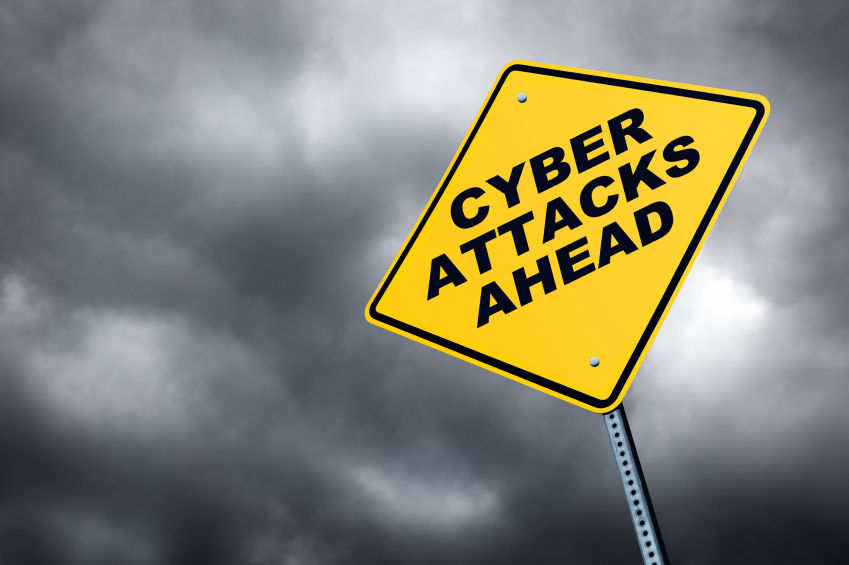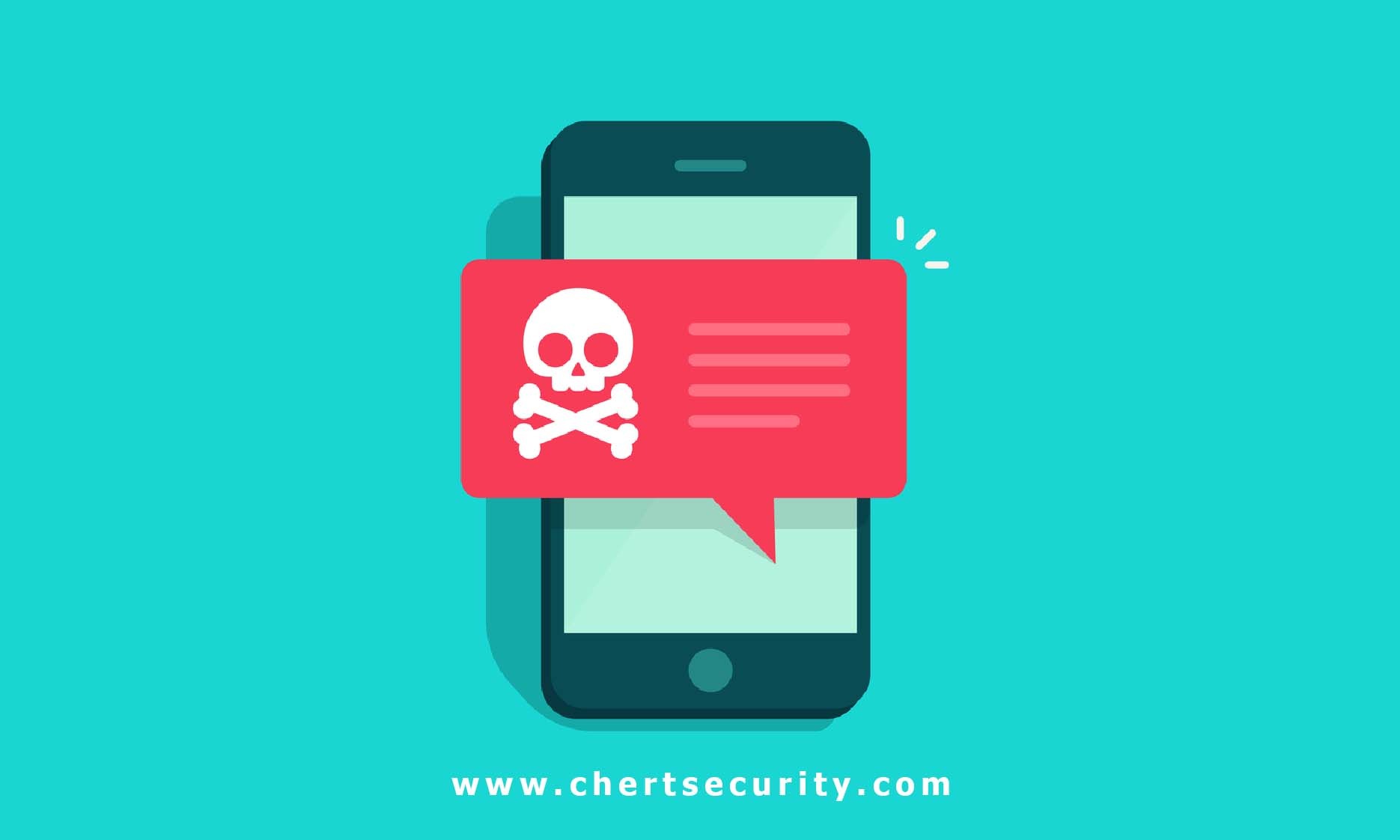
DEFENSE AGAINST EMAIL ATTACKS
In this follow-up article on ‘Email Attack Vector’, we will be identifying the various defense mechanism to protect against this malicious attack; which is the ‘Defense Against Email Attacks’.
Many people assume that cybercriminals are always some technical brain-writing advanced codes to hack into faceless devices in data-centers and basic devices like personal computers.
However, what they don’t know is that cybercriminals actually tend to target people using easy techniques such as social engineering, phishing, counting on human errors or lack of cybersecurity know-how, to provide an illegal entry route into corporate networks and organizations.
Proofpoint’s Quarterly Threat Report Q3 reveals that the frequency of email fraud attacks and the number of organizations affected is constantly on the rise.
Verizon’s 2018 Data Breach Investigations report uncovered that two-thirds of installed malware were delivered by email.
It is no doubt that the best way to defend against this very common form of attack is to implement the right blend of the following: Training, Policies and Technology.
TRAINING
Employee training and awareness should be the first line of defense in any organization, because humans are usually the weakest link in the security chain. Just as organizations regularly have employees attend harassment training or diversity training courses, security, in general and phishing in particular should be part of any ongoing dialogue with employees.
This is important because while most people know what phishing is, they continue to fall for phishing scams. People should be trained to spot spoofing emails at sight and report them immediately. It should be understood that not all phishing emails are created equally, so people should train on general ways to identify and ignore phishing emails while mixing it with a spice of the different varieties and examples available. Visible alias spoofing, domain spoofing, close cousin spoofing are easy ways attackers use to compromise a network.
POLICIES
With the right policies put in place, organizations will be able to control to a large extent how employees use emails. Also, policies should also be put in place to handle scenarios whereby the network has been compromised.
A lot of the time, security is usually focused on preventing email attacks and other cyber threats that we forget to consider properly what to do when one actually occurs. A good policy definition will outline how an organization will respond to a compromise via email to limit potential damage and ensure swift return to normal operations. It could even outline simply, what to do when an email attack is suspected, how to analyze it and how to warn the employees about the severity and other details.
In order to create customized email incident policies, peculiar to your own organization need security teams to invest time, to define how they will respond to confirmed attacks as well as suspected attacks that are reported. It is also a good idea to share ideas and with other security leaders in the industry to solicit feedback, and also find potential gaps to maintain the herd immunity of the security ecosystem.
Another informal way to defend against email attacks is to create a feedback loop. This should also be embedded in the security policy of the organization it operates with.
A lot of the times, employees have little contact with the IT team in their day-to-day activities, except they have a problem with their computer. The Security team is even-seen as a paranoid, pessimistic group of people. But connecting the end-users with security teams and with a feedback loop, making them understand the work and importance of the security team. This can strengthen the bond and go a long way in reducing email attacks and even other forms of attacks.
While feedback loops can benefit every aspect of an organization, they are particularly important when it comes to security, as a breach that can bring a business to a grinding halt.
A feedback loop for email attacks could easily involve security teams when they identify risks and breaches by informing employees. And the employees also notifying security teams when they believe they have received a malicious email.
TECHNOLOGY
Despite the benefits of training, employees are still going to fall for email scams in general. It gets worse around the holiday and end-of the quarter period when people’s guards are down and hundreds of emails are coming in.
This is where the use of technology to prevent email attacks come in. It is very important that organizations implement tools and services that will protect users at the point of attack their inbox, even before they read it.
These tools and services should have the ability to immediately red-flag and block suspected emails before they reach the intended targets. The most effective solutions will know which external accounts are trusted and trustworthy, and red-flag those specific emails that are suspicious or clearly malicious.
A well-trained employee is an excellent deterrent, but the more suspicious email gets blocked at the gateway. The less frequently your users will find real malicious email in their inboxes.
Even the best trained end user can fall prey to human error – especially given how skilled cyber criminals are at impersonating important messages. But, if this happens, next-gen endpoint protection, powered by deep learning provides a powerful last line of defense.
As data has shown, educating end-users on phishing and other email attacks is very important when it comes to keeping an organization secure. Everyone with an email account is on the frontline (of the cyberwar) and needs to be aware of cyber-attacks in general, the dangers it poses on the organization and how to spot them, at least.
To help educate your staff, reach out to Chert Security today. You’ll be making vital step towards fortifying yourself against cyberattacks.




Been following up your blog… Nice updated , this article is helpfull